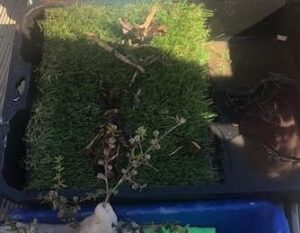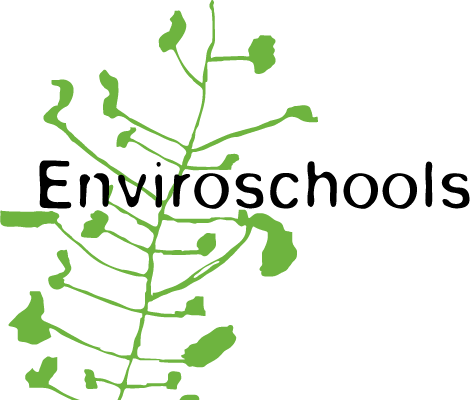Wetlands – Nature’s Superheroes!
Last term four schools took the opportunity to work next to and learn from the Wetland Warriors volunteers just how amazing our wetlands are. It was made possible thanks to a wonderful collaboration between Junior Landcare, Enviroschools and the Wetland Warriors at Grovetown Lagoon.
Standing on the banks of the lagoon, it can be a little tricky to understand just how wetlands filter water and protect surrounding areas from flooding. So Angela visited the schools armed with two experiments that helped to explain the wetland superpowers.
The first experiment explored how wetlands manage water, especially during heavy rains or storms.

Students built a landscape out of clay then imitated a rainfall event by pouring water over the landscape. They watched where the surface water, run-off water and groundwater traveled and how quickly it flowed to the lowest point in the landscape.
Sponges were added to their models to mimic wetlands and the experiment repeated. To their surprise, the sponges absorbed most of the water. It was an ‘aha’ moment when they realised that when there’s a lot of rain, the wetland absorbs excess water, preventing it from rushing into rivers and causing floods.
As you can imagine, they were keen to repeat the experiment several times to double check their results! They could see how wetlands, swamps, lagoons and estuaries protect nearby homes, farms, and even cities from being flooded.
Wetlands have another superpower up their sleeve – they are natural water filters.
How they do this was investigated in the second experiment.
Wetlands are like nature’s own water treatment plants. If the water flowing through a wetland is carrying harmful substances, sediments, and nutrients, the plants, soil, and tiny organisms living in and around the wetlands work together to filter out these pollutants.

After making a potion of water, soil, leaves and twigs the children poured this over a landscape without a wetland.
They predicted that their potion would end up in the awa or areas at the lowest point of their catchment. And they were right! In the second part of this experiment, synthetic turf was added to their landscape. This represented the plants, soils and organisms in a wetland that trap sediment, rubbish and nutrients. Another potion was poured over the now wetland landscape. The water that gathered at the end of this experiment although still quite murky didn’t have any of the ‘sediment or rubbish’ as they were captured by the wetland.
It became clear to the children how the wetlands natural cleaning process makes water safer for drinking, farming, and helps to keep aquatic life healthy.
Reflecting on their mahi back at the Lagoon, it gave new meaning and value to the planting they had done to protect the wetlands. As they do so much for us and the environment we live in.

